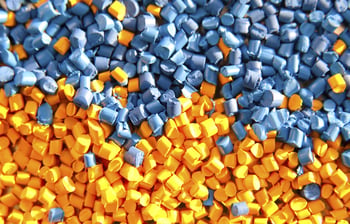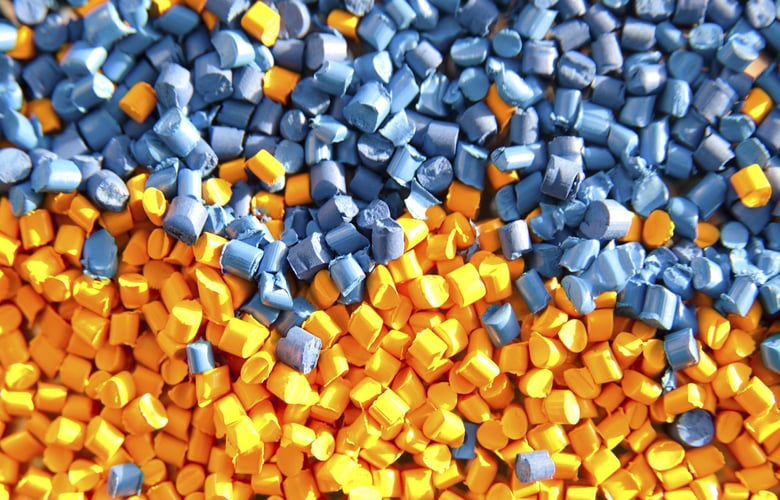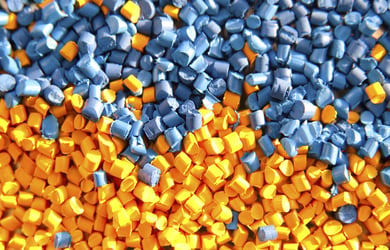 Instead of finding the root cause and proactively planning with an effective purging process, many plastics processors choose a reactive method of fixing problems as they occur. When it comes to improving your injection molding production runs, you simply cannot accept contamination as part of the process.
Instead of finding the root cause and proactively planning with an effective purging process, many plastics processors choose a reactive method of fixing problems as they occur. When it comes to improving your injection molding production runs, you simply cannot accept contamination as part of the process.
Color and carbon contamination affect your profitability in the following ways:
- Scrap rates build up to an excessive amount, resulting in unplanned machine downtime required to conduct a screw pull.
- Scrap rates and downtime prevent you from hitting your QC standard and planned production rates, so you’re caught in a cyclical downward spiral resulting in weekend production just to catch up. A higher-than-quoted scrap rate drives down profit margins and increases the probability of late shipments, resulting in customer dissatisfaction.
To permanently correct the vicious cycle of color and carbon contamination, you must fix the problems instead of treating the symptoms.
Why Color And Carbon Contamination Happens
A common sign of color and carbon contamination occurs when a previously run resin/color or black specks appear in the molded parts.
Most resins, when left in the barrel for even a short period of time, are going to degrade and cause production contamination. Running heat-sensitive resins raises the likelihood.
Many technicians are taught to turn down the heats when a line goes down, but degradation even occurs if the resin is left in the barrel when the heats are shut off completely. There is simply no way to cool that resin down quickly enough to avoid degradation. Degraded resin forms carbon, which dislodges from the metal surface, and gets into the processing resin, resulting in carbon contamination.
Why Sealing Is The Best Way To Solve Contamination Issues
Resin within the barrel degrades even after the heaters are turned off. So, a frequent, periodic cleaning of your plastics processing machinery before shutdown removes leftover resin, which subsequently prevents degradation.
The best preventative measure for contamination is to seal the screw and barrel with a thermally stable purging compound, especially before extended machine shutdowns occur, such as on weekends or holidays. The sealing process not only displaces the heat-sensitive production material, but it protects the surfaces of the screw and barrel from oxidation by filling out the barrel with a thermally stable purging compound that displaces oxygen.
Another benefit is realized during startup. When the barrel is sealed and the heats are turned off, the purge that is left in the screw and barrel peels away from the screw as it cools, pulling carbon and other deposits away from the screw. When the barrel heats are brought back up, and the sealant material is purged out, the screw and barrel are very clean and ready for production (improving efficiencies and machine utilization).
How Many Sealing Applications Does It Take?
Regardless of what type of resins you are using (engineering grade resins tend to degrade more quickly), purging after each production run to remove the resin within the barrel is highly recommended. Additionally, to delay degradation, seal the screw and barrel with a thermally stable purging compound during any type of extended machine shutdown.
Ready to get proactive about fixing your color and carbon contamination?








Comments